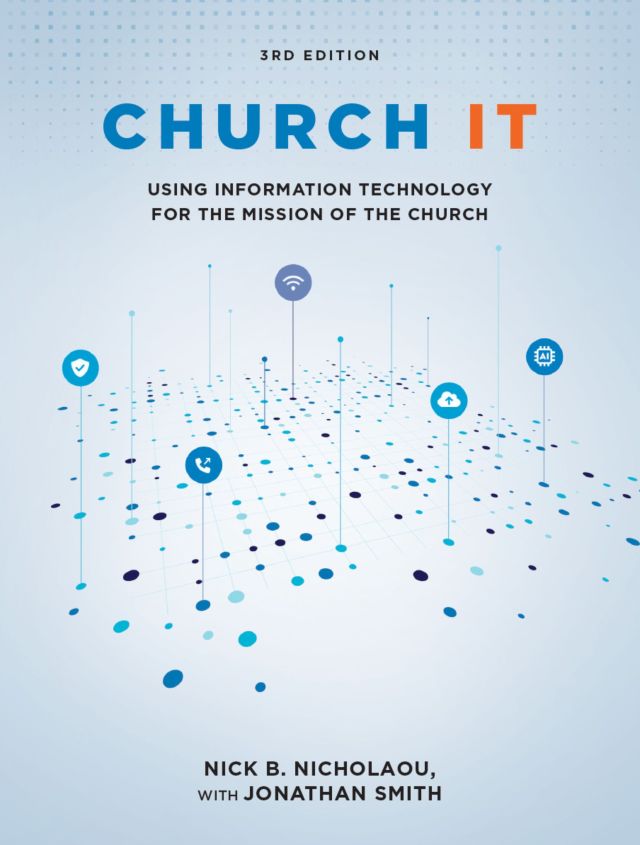A federal court in Minnesota ruled that a national denomination was not liable for losses suffered by beneficiaries of a denominational retirement plan because it did not exercise sufficient control over the fund to be liable for the actions of the fund’s managing board.
Four retired ministers (the “plaintiffs”) sued their denomination (the “national church”) to recover losses they incurred in a denominational pension fund. The pension fund is a defined contribution retirement plan under section 403(b) of the tax code. The plan is a “church plan” that is exempt from ERISA, absent an election to the contrary. Under the plan, defined contributions are made on behalf of participating members into their individual accounts. Plan participants have options for directing their plan accumulations. Before retirement, the accounts are considered “active,” and plan participants can direct their accumulations into funds invested in the equity or fixed income markets.
In December 2008, the plan sent a letter to the plaintiffs stating that their retirement accounts were subject to market risk and that they should expect their distributions to be decreased in 2010. In September 2009, the plan informed participants that, due to the market downturn, it was underfunded by 26 percent and that, effective January 1, 2010, monthly payments would decrease by 9 percent and would likely decrease by an additional 9 percent in both 2011 and 2012.
Plaintiffs sued the national church and the board of pensions that managed the retirement plan (the “defendants”), asserting that, under state law, the defendants were required to invest and manage retirement funds as a prudent investor, and that the defendants breached their fiduciary duties by failing to prudently invest and manage the retirement fund and failing to preserve the trust corpus which caused the fund to become significantly underfunded and reduce plaintiffs’ monthly payments.
fiduciary duties
The court concluded that the national church was not a fiduciary with respect to the retirement plan, and so the plaintiffs’ breach of fiduciary claim against the national church had to be dismissed. The court noted that the plan’s managing board, and not the national church, was the plan fiduciary in charge of administering and managing the plan. It pointed to language in the national church’s governing documents making the plan’s managing board, rather than the national church, responsible for the plan’s investment and administration.
Plaintiffs argued that the national church was a fiduciary with respect to its duty to elect members of the plan’s governing board, and that this imposed on it a limited duty to monitor the board’s activities. It observed that “a person with discretionary authority to appoint, maintain and remove plan fiduciaries is himself deemed a fiduciary with respect to the exercise of that authority. Implicit in the fiduciary duties attaching to persons empowered to appoint and remove plan fiduciaries is the duty to monitor appointees. The scope of the duty to monitor appointees is relatively narrow.” The court stressed that “the duty to monitor is limited and does not include a duty “to review all business decisions of plan administrators” because “that standard would defeat the purpose of having trustees appointed to run a benefits plan in the first place.” The court concluded that the plaintiffs’ lawsuit did not allege that the national church violated any duty to monitor, and therefore it failed to adequately allege that the national church violated a fiduciary duty owed to the plaintiffs.
“church plan” status
The court rejected the plaintiffs’ assertion that the plan’s status as a church plan somehow made the national church liable for the actions of the plan’s managing board. It acknowledged that a church plan must be “established and maintained … by a church,” and that a plan maintained by a third party, such as a pension board, is “established and maintained … by a church” if the third party “is controlled by or associated with a church or a convention or association of churches.” Church plan status is awarded not only to plans controlled by a church, but also to plans associated with a church. An organization is “associated with” a church “if it shares common religious bonds and convictions with that church.”
The court concluded that “the plan’s status as a church plan did not require that the [national church] exercise control over the board or plan, let alone control over the board’s actions at issue in this lawsuit, to the extent that [national church] is liable for the board’s actions. Here, the [plaintiffs] do not allege that [the national church] controls the board with regard to the decisions at issue in this litigation.”
alter ego liability
As an alternative means of holding the national church liable, the plaintiffs alleged that the plan and its governing board were an “alter ego” of the national church and that “injustice and fundamental unfairness would result if the national church was not held accountable” for the board’s misconduct.
The court noted that “there is a presumption of separateness between a parent and subsidiary corporation,” and that “a court may pierce the corporate veil to hold a party liable for the acts of a corporate entity if the entity is used for a fraudulent purpose or the party is the alter ego of the entity. When using the alter ego theory to pierce the corporate veil, courts look to the reality and not form, with how the corporation operated and the individual defendant’s relationship to that operation.”
Under Minnesota law, piercing the corporate veil “requires (1) analyzing the reality of how the corporation functioned and the defendant’s relationship to that operation, and (2) finding injustice or fundamental unfairness.”
The court listed the following factors that are significant in applying the first prong: “whether there is insufficient capitalization for purposes of corporate undertaking, a failure to observe corporate formalities, nonpayment of dividends, insolvency of debtor corporation at time of transaction in question, siphoning of funds by dominant shareholder, nonfunctioning of other officers and directors, absence of corporate records, and existence of the corporation as merely a facade for individual dealings.”
The plaintiffs did not allege any improper transfer of assets between the national church and the plan or its board. Nor did they allege any other type of misuse of the corporate form or plan to harm the plaintiffs. The plaintiffs alleged that the plan is undercapitalized, but “there is no allegation that the national church played any role in that situation. Beyond the conclusory allegation of undercapitalization, there are no factual allegations to support the first prong of piercing the corporate veil.”
The court acknowledged that the national church and the retirement plan “share a close relationship.” However, it concluded:
The national church’s Constitution shows the separation of the corporate structures governing the national church and the board. For example, the Constitution provides that ‘separate incorporation shall be maintained’ for the board. It enumerates the board’s responsibilities in operating and managing benefit plans, which include autonomy and independence. The documents referenced [by the plaintiff] demonstrate that the national church and the board are separate corporate entities, and the plaintiffs provide no factual allegation that these corporate formalities have been disregarded.
The court also concluded that the plaintiffs failed to establish the second prong. It noted that the plaintiffs’ lawsuit alleged that the plan’s board was “an alter ego or instrumentality of the [national church], and injustice and fundamental unfairness would result if the [the national church] is not held accountable for the liabilities resulting from shortfalls in the retirement plan due to undercapitalization or the board of pensions’ lack of resources to cover its liabilities.” But the court stressed that this “barebones allegation that injustice or fundamental unfairness will result” if the national church is not liable was insufficient. It noted that there was no allegation in the plaintiffs’ lawsuit that the national church played any role in any underfunding or that the plan was underfunded when the national church created it. As a result, the plaintiffs “failed to allege facts to support their legal conclusion of injustice or unfairness.”
The court concluded that “although corporations are related, there can be no piercing of the veil without a showing of improper conduct” by the parent corporation.
breach of contract
The plaintiffs’ final argument was that the retirement plan and its governing board were guilty of a breach of contract. The court agreed that the retirement plan constituted a contract with the plaintiffs and other beneficiaries, and it concluded that the plaintiffs’ allegations of a breach of the contract were sufficient to avoid a dismissal of this theory of liability: “The [plaintiffs] claim that the board breached the terms of the plan because, although the plan promised that plaintiffs’ annuity benefits were guaranteed for life and that all increases to those benefits would be permanent, the board implemented an across-the-board 9% decrease in the participants’ monthly annuity benefits.”
The board insisted that its actions were a response to the adverse economic conditions caused by the recession, and were necessary to preserve and maintain the plan. The court concluded that it “did not have the information necessary to conclude whether, in fact, a cut in payments was required to preserve the fund, the amount of any required cut, or whether the fund’s underfunding was, itself, a breach of fiduciary duty. The question of whether the board’s actions were required by—or a breach of—its fiduciary duty is one that cannot be resolved at the motion to dismiss stage.”
What This Means For Churches:
Many beneficiaries of denominational retirement plans have suffered substantial losses during the “great recession.” But, as this case illustrates, those losses are not necessarily attributable to the denomination itself if the retirement plan is a separate corporation with a separate board, and the denomination exercises little, if any, supervision or control over the management decisions of the plan. Further, retirement funds, and their governing boards, are not necessarily liable for beneficiaries’ losses if the individual accounts are self-directed, and no promises are made that are later broken. There are several ways for retirement funds to reduce their risk of liability, including allowing beneficiaries to direct their own investments, by providing educational and training resources to beneficiaries, and by repeatedly stressing that all investments involve risk. 2011 WL 2970962 (D. Minn. 2011).
This Recent Development first appeared in Church Law and Tax Report, July/August 2012.




